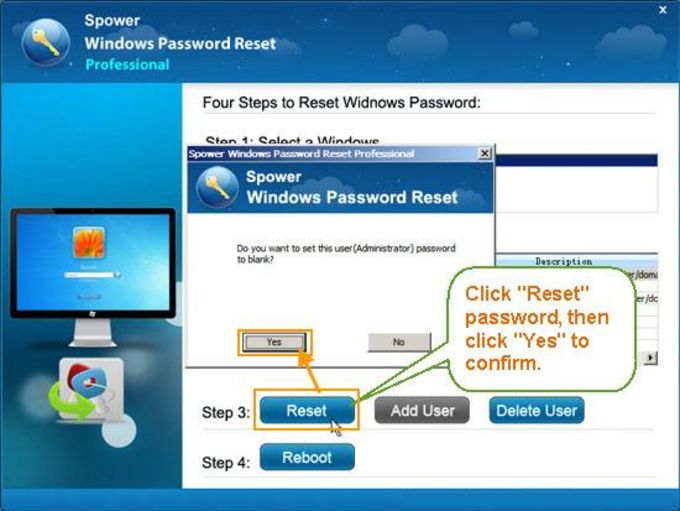

The PRD logic then exports the private key to a floppy disk and deletes it from the local system. The PRD logic encrypts the user’s actual password using the public key and stores the result of this encryption in the HKEY_LOCAL_MACHINE\Security\Recovery\ registry key. When a PRD is created, Windows creates a public-private key pair and a self-signed certificate. Click Backup to start the PRD Forgotten Password wizard.In the Log on to field, select the name of the local computer.In the User name field, type the name of the account that you want to create a PRD for.Press CTRL+ALT+DEL and click Change Password.On domain-joined XP and domain-joined or standalone Windows 2003 SP1 or R2 machines, you can create a PRD for a local account by following these steps: The wizard then guides you through the rest of the PRD-generation process. To start the PRD Forgotten Password wizard, click "Prevent a forgotten password" as Figure 1 shows. On a standalone XP machine, you can create a PRD from the user account properties in the User Accounts Control Panel applet.

A PRD is linked to a single machine and can't be used on other machines.

PRDs are supported only on Windows Server 2003 Service Pack 1 (SP1), Windows Server 2003 R2, and Windows XP. You can use a PRD to reset the password of a local account only, where “local” means its defined in a machine’s local security database and verified locally, as opposed to a domain account, which is defined in the domain database and verified by a domain controller (DC). Be sure to keep the PRD in a secure place so that no one but the authorized user can get to it. If users create PRDs for their local accounts before they forget their passwords, they can easily reset their passwords at any future time-provided they still have access to the PRD disk. Q: How do I use the Windows Password Reset Disk (PRD) feature? Can I create PRDs only for local accounts, or can I also create them for domain accounts?Ī: A PRD solves the problem of a forgotten password for a local Windows user account.


 0 kommentar(er)
0 kommentar(er)
